Laminate vs vinyl flooring – how do they compare in different scenarios?
Torn between laminate and vinyl flooring? Take a look at this comparison across the most important factors
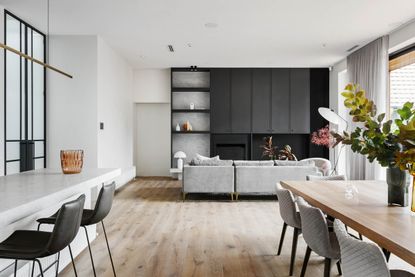

When it comes to laminate vs vinyl flooring, the two not only look very similar, they do a similar job, too. Vinyl flooring and laminate flooring offer many of the same advantages: durability, good looks, economy, and easy installation. Plus, they're the best options to replace hardwood, stone and more when these natural materials are suited to a space.
‘In a way, vinyl and laminate flooring are pretty much the same and the choice is subject to change based on the style options, cost, and the amount of moisture content,’ says Meera Pyarelal, founder and interior designer at Temple Town.
Both vinyl and laminate are resilient flooring types and are also DIY-friendly, but while the two overlap in many aspects, they do have significant differences which make one superior to the other in specific scenarios.
We asked experts to weigh in on which type of flooring works best when. Here’s the lowdown.
7 major differences between laminate and vinyl flooring
First things first, what are laminate and vinyl? When comparing the two, you're most likely going to be looking at laminate planks versus luxury vinyl tiles.
These tiles are generally small planks made of four layers of materials. The first is the backing layer, generally made of cork or foam. This serves as the foundation for the vinyl flooring, so you often don’t need to install any other material at the base.
Laminate flooring is also made with four layers, usually including some sort of fiberboard, all sealed and laminated together.
While laminate flooring uses a click-and-lock installation method, vinyl is more of a tongue and groove system, where one plank is fitted into the groove of an adjoining plank at an angle.
1. Which is more durable?
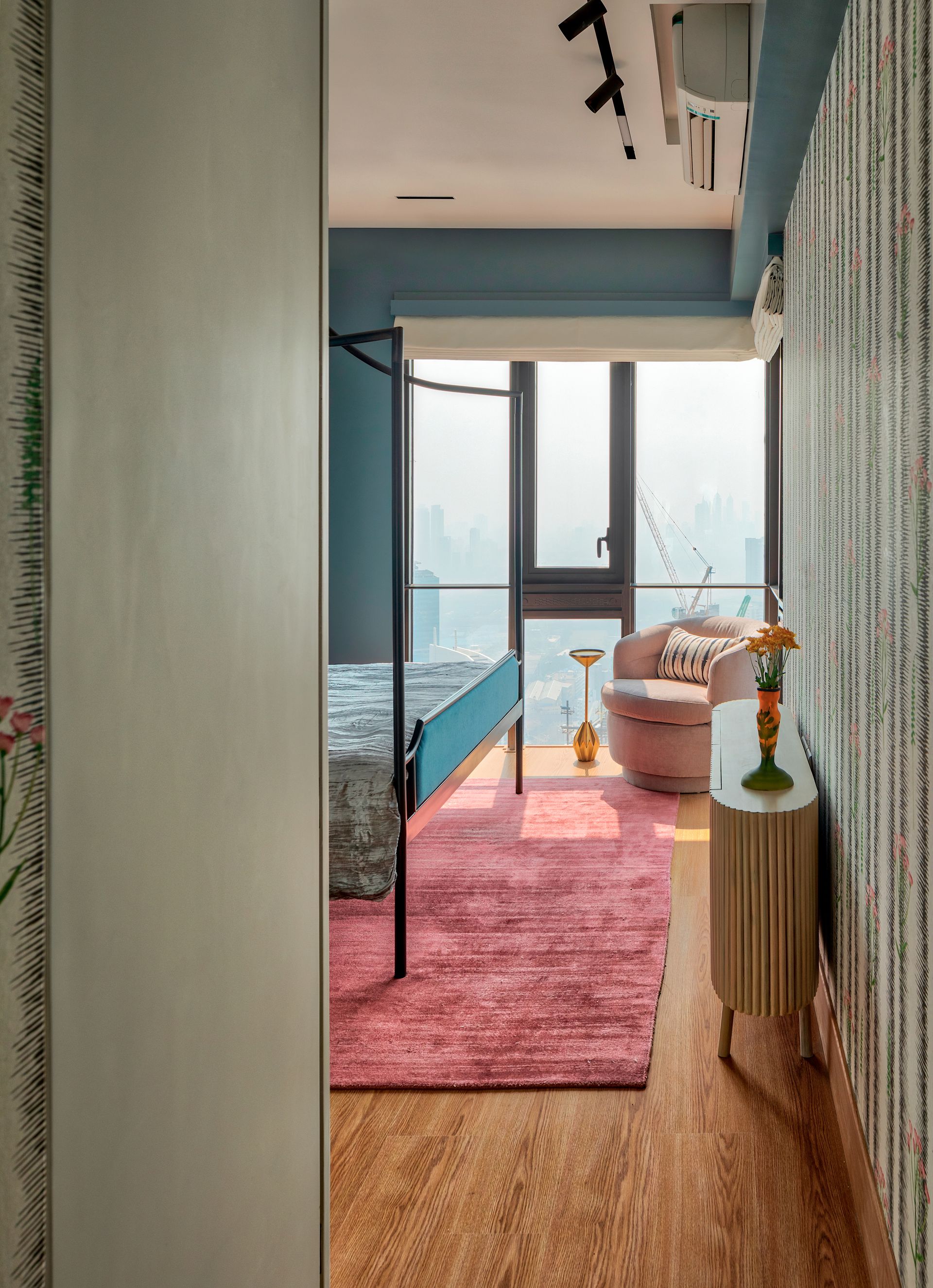
Laminate flooring is usually known to be low-maintenance and usually long-lasting, however, in high traffic areas or over the years, it may delaminate over time. For something like a hallway or laminate kitchen flooring, this leads to scratches or chipped floors. Laminates cannot be repaired and need to be changed over time.
Thin plank vinyl flooring doesn't last as long as expensive, thicker vinyl flooring as it has a built-in underlay. Compared to laminates, vinyl is more durable, stronger, low-maintenance, and thus more resilient flooring.
‘Laminate flooring is intentionally designed to be durable as well as affordable,’ says Noorein Kapoor, founder of NKD Studio. ‘For reflooring, if one has to go for a cheaper solution then vinyl flooring would be ideal as the weathering effects are low on it.’
In terms of life span, however, vinyl flooring can last up to 25 years, with thinner vinyl flooring’s lifespan limited to less than 10 years. Laminate, on the other hand, has a lifespan of 15 to 25 years, although poor quality covering will only last five years.
2. Which is more moisture and heat-resistant?
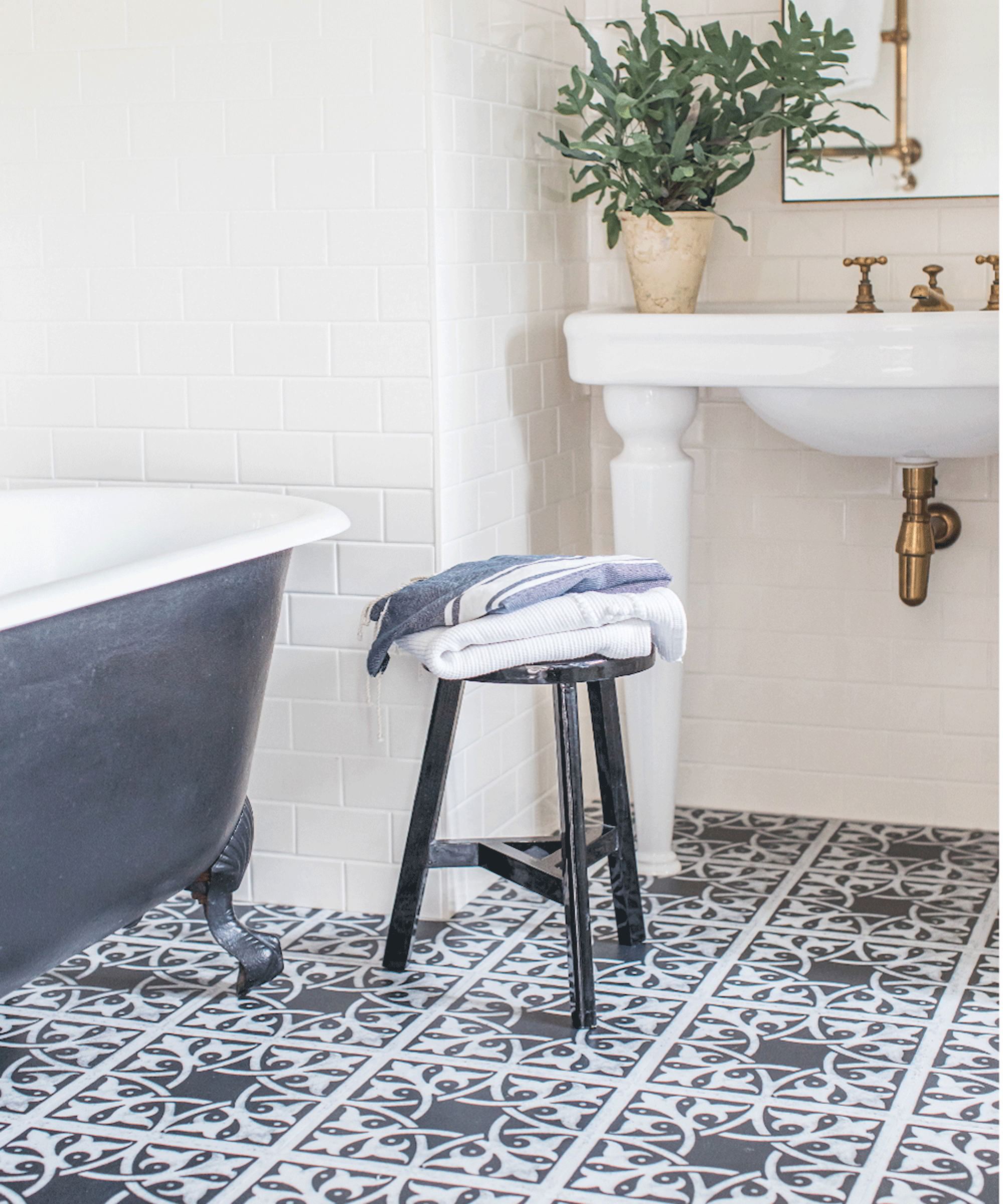
‘Vinyl flooring is best in high-moisture areas and it’s easy to keep clean,’ says Noorein. ‘This flooring contains 100% polymers. A wet mop can be used to clean it. When soaked in water it can be dried out and will retain its dimensions and appearance.’
Sheet vinyl, vinyl tile, and luxury vinyl flooring are usually made with materials that are 100 percent waterproof. Vinyl bathroom flooring more commonly uses LVT for a good quality finish, but sheet vinyl is also an option, which comes in 12-foot wide rolls that often require no seams. Spills and splashes won’t cause it to warp, which means it’s perfectly suitable for bathroom installations and in the kitchen.
Certain vinyl products even have 100 percent waterproof foundations, such as plastic or cork, for extra protection against moisture.
When it comes to heat resistance, both flooring options don't suffer the same issues as hardwood flooring, for example. Temperature fluctuations do not cause the planks to shrink and expand, which causes warping and cracks in hardwood floors.
3. Which has better design options?
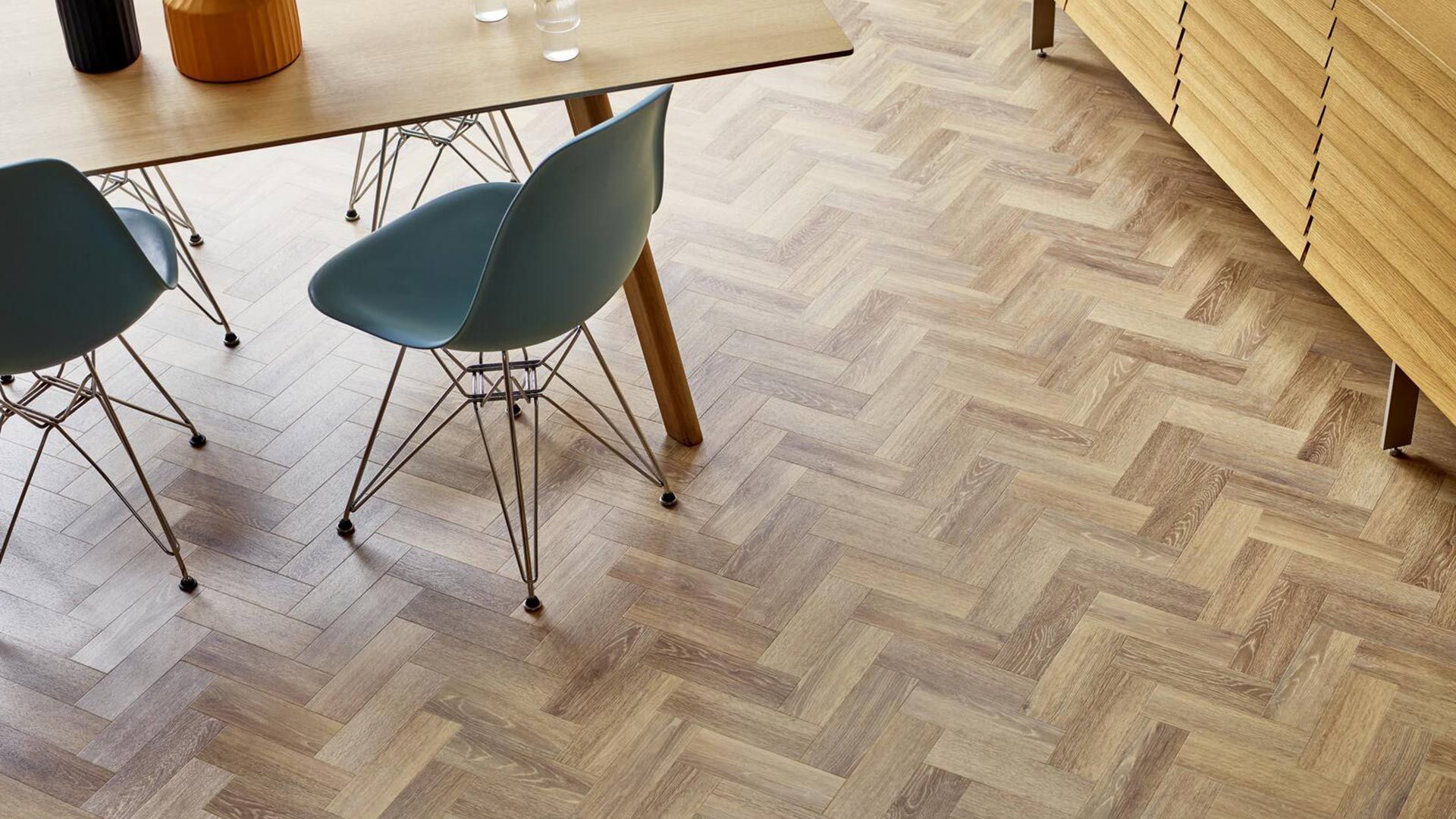
Both laminate and vinyl uses photographs of textures like wood and stone to create a realistic look, but more luxurious styles also recreate the texture of these materials, too.
'I believe laminate may have better design choices and will look more realistic as it can be more dimensional in nature but is not recommended for potentially wet areas like basements,' says Mark Lavender, principal designer of M. Lavender Interiors.
'Laminate flooring has a more luxurious range of textures in hand scraped, rustic, reclaimed, and the paint washed finishes,' agrees interior designer Meera from Temple Town. Laminate more commonly has realistic three-dimensional embossing on its surface looks more authentic and close to accurate of the material being portrayed. ‘Because of the decor layer (a printed image), laminate flooring can recreate the look of more expensive flooring types like wood, tile, or stone,’ says Noorein.
4. Which is easier to clean and maintain?
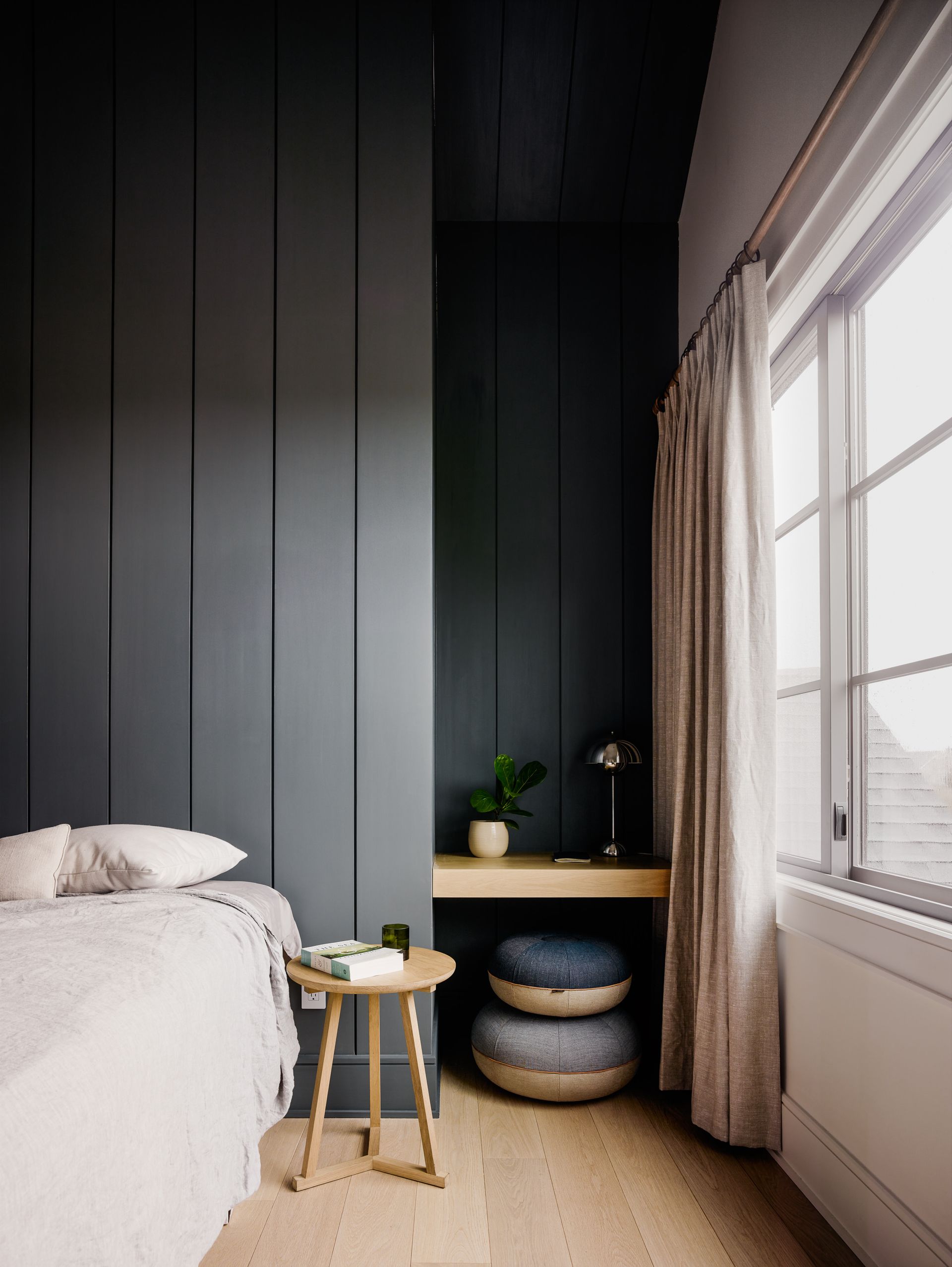
Though laminates look like real wood, they shouldn't be treated in the same way you clean hardwood floors. They are not as moisture-resistant so need to be cleaned with a near-dry mop or broom. When cleaning with water, you should use only a slightly damp mop.
Vinyl flooring is the easier of the two to maintain as it can be cleaned with water, a wet mop, or even vigorously scrubbed with safe cleaning products.
5. Which is cheaper, vinyl or laminate?
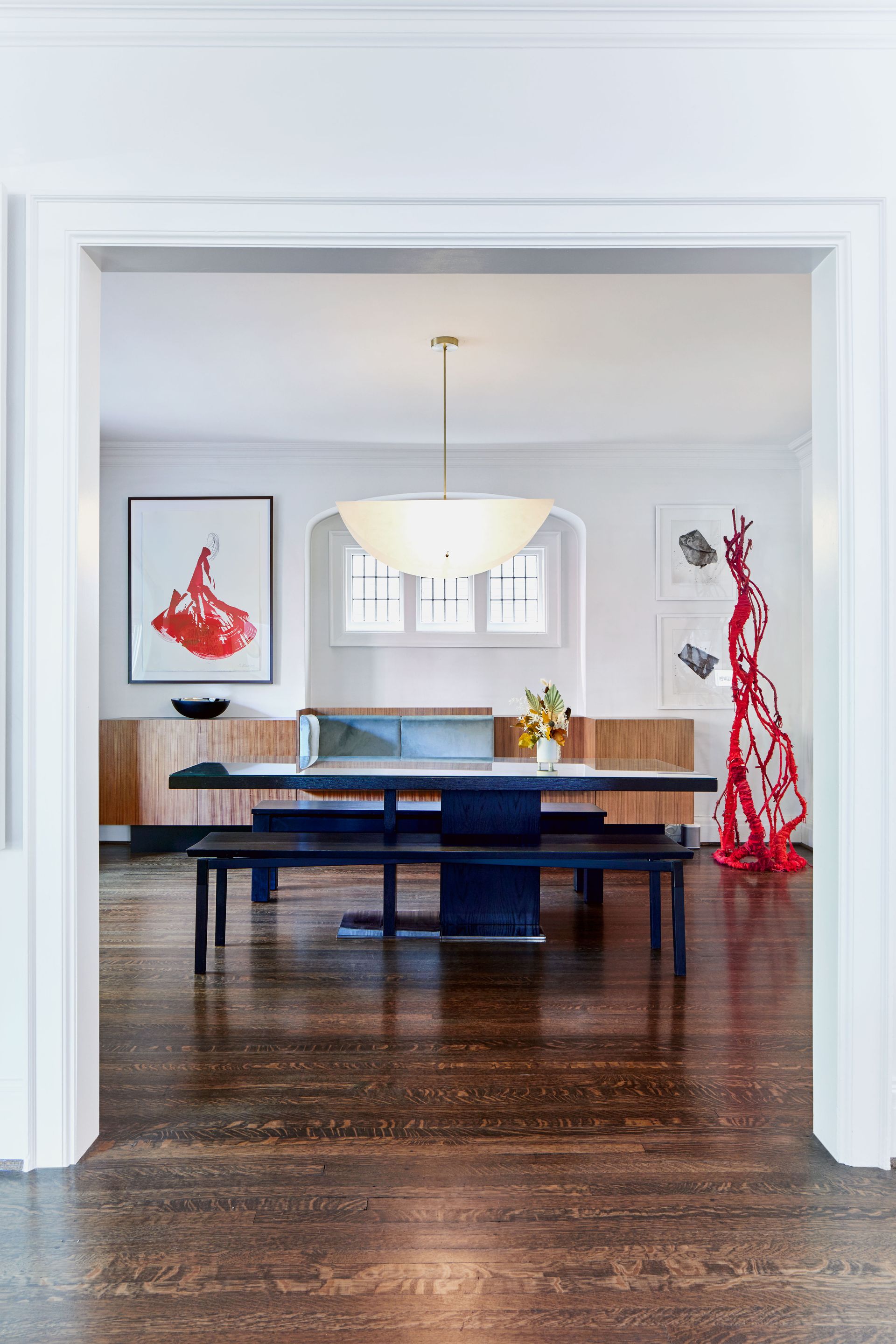
When it comes to the cost, vinyl and laminates are roughly comparable. While laminate flooring roughly starts at $1 per square foot for 7 mm-thick planks to about $5 per square foot for 12 mm planks; vinyl can be as cheap as $1 per square foot for thin, glue-down vinyl flooring, and $5 per square foot for luxury planks.
'They're both less expensive than other flooring materials like hardwood or porcelain tiles,' says Noorein. 'However, vinyl can get more expensive as you explore the luxury flooring options.'
6. Which has a higher resale value for your home?
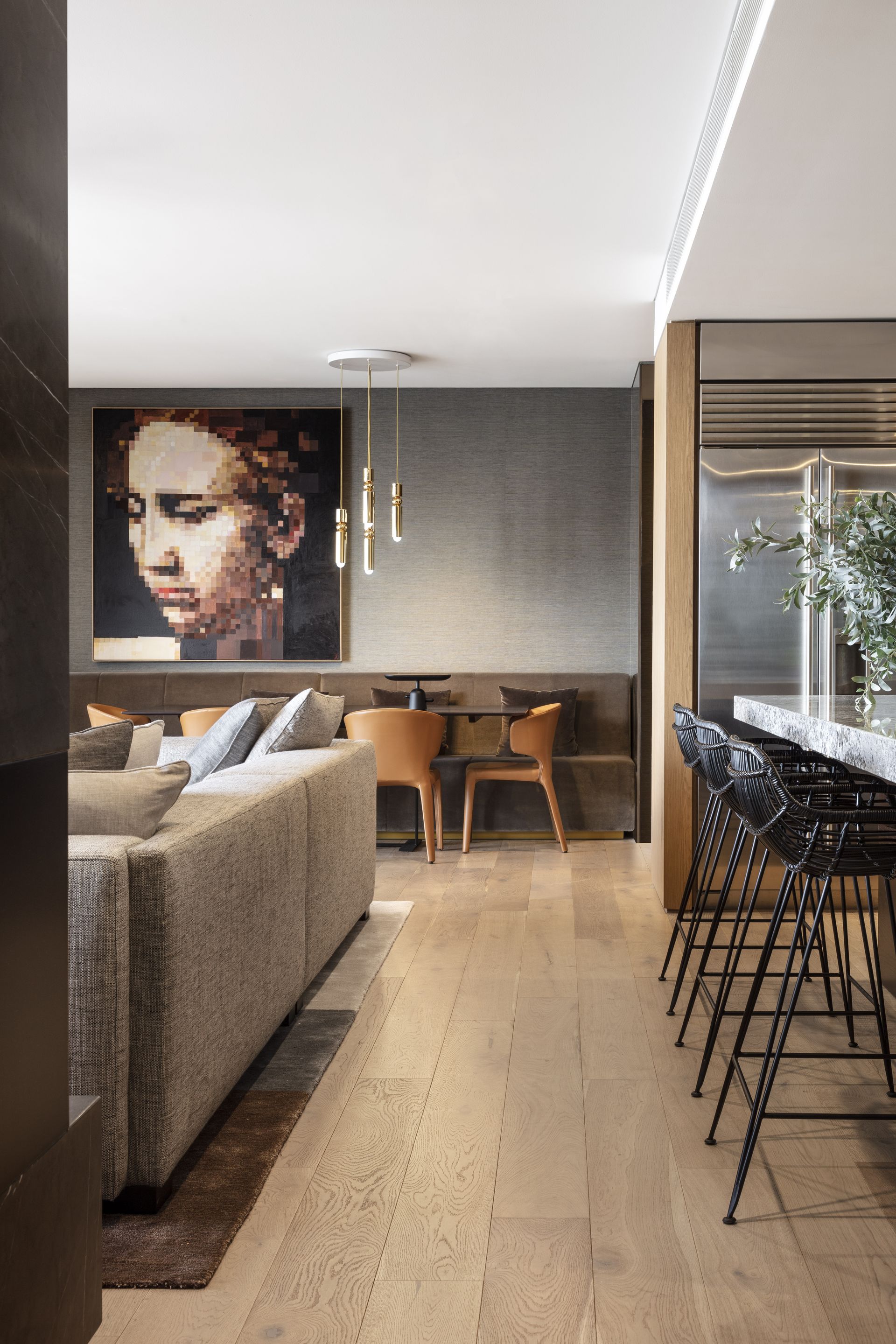
'While price of the two is pretty much the same, the resale for rich quality laminate is higher. I personally suggest the use of laminate flooring compared to vinyl,' says Meera.
One thing to keep in mind is that both vinyl and laminate flooring are the cheaper, durable alternatives to high value, prestige floorings such as solid hardwood, engineered hardwood, designer ceramic tile, or natural stone floors. And so, in comparison, will always have a lower resale value. But, if you do end up purchasing high-quality laminate or vinyl flooring, then that usually will not put off prospective home buyers.
What are the pros and cons of vinyl vs laminate flooring?
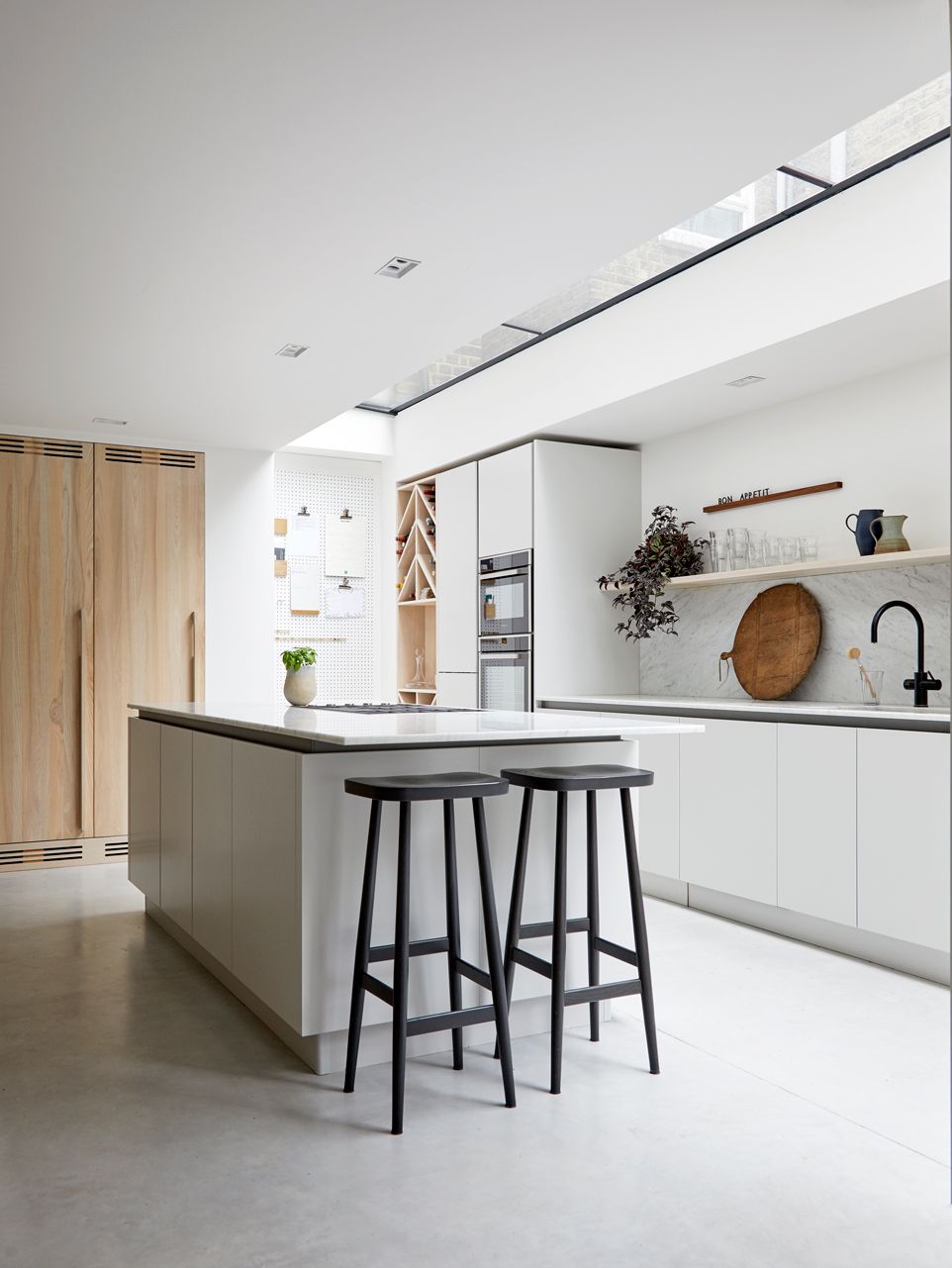
Vinyl and laminate flooring are quite similar in qualities, durability, and maintenance. There are just a few differentiating factors between the two. Vinyl is more suitable for high moisture areas like a kitchen or as bathroom floor tiles.
Vinyl flooring is low maintenance and can be cleaned with a damp mop; laminates can only be cleaned with a dry mop or a vacuum cleaner. No sealer is needed for vinyl flooring but the latter needs to be sealed. Cost wise while both are cheap options, but vinyl has more budget-friendly varieties.
Be The First To Know
The Livingetc newsletter is your shortcut to the now and the next in home design. Subscribe today to receive a stunning free 200-page book of the best homes from around the world.
Aditi Sharma Maheshwari is an architecture and design journalist with over 10 years of experience. She's worked at some of the leading media houses in India such as Elle Decor, Houzz and Architectural Digest (Condé Nast). Till recently, she was a freelance writer for publications such as Architectural Digest US, House Beautiful, Stir World, Beautiful Homes India among others. In her spare time, she volunteers at animal shelters and other rescue organizations.
-
 The 12 Best Table Lamps for Reading —I'm a Certified Bookworm (and Shopping Expert)
The 12 Best Table Lamps for Reading —I'm a Certified Bookworm (and Shopping Expert)When it comes to table lamps for reading, I don't mess around. If you're the same, this edit is for YOU (and your books, or course — and good recommendations?)
By Brigid Kennedy Published
-
 "It's Scandi Meets Californian-Cool" — The New Anthro Collab With Katie Hodges Hits Just the Right Style Note
"It's Scandi Meets Californian-Cool" — The New Anthro Collab With Katie Hodges Hits Just the Right Style NoteThe LA-based interior designer merges coastal cool with Scandinavian simplicity for a delightfully lived-in collection of elevated home furnishings
By Julia Demer Published

